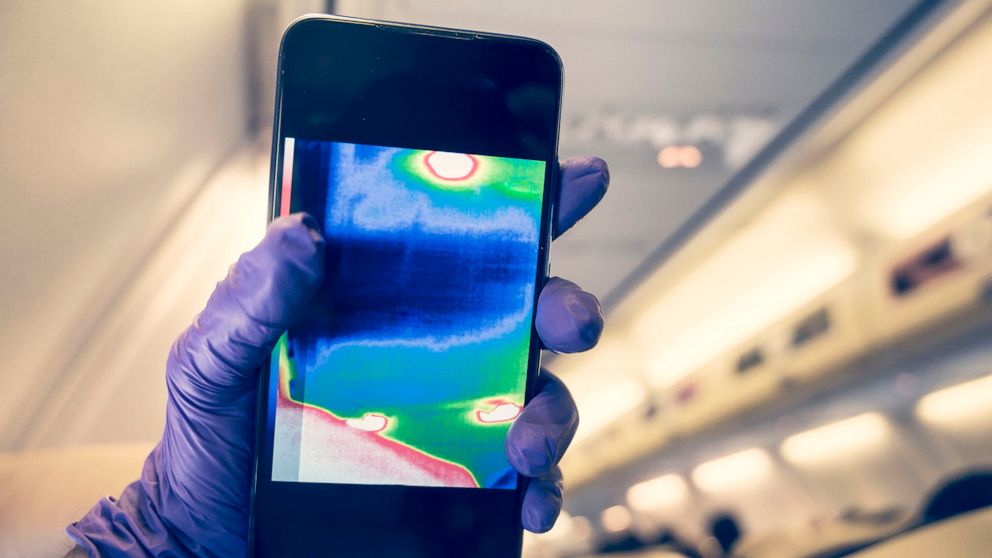
Scientists explain how your next thermometer might be in your phone
ABC News
New sensors could allow for integrating thermal imaging into smartphones.
This is an Inside Science story. Due to the COVID-19 pandemic, body temperature checks have become routine for people entering public spaces such as hospitals, office buildings and airports. One by one, visitors slowly file through checkpoints as workers aim hand-held laser devices at each individual's forehead to screen for fever. To speed up the process, some organizations, including the U.S. Department of Defense, have upgraded to thermal imaging cameras, which allow for a faster flow of traffic into buildings and greater social distancing between checkpoint workers and visitors. However, thermal imaging cameras are still not widely used because of their exorbitant cost, much of which is due to expensive cooling components. Researchers in South Korea have developed a new, inexpensive heat-detecting sensor called a microbolometer that might help make thermal imaging cameras more accessible by integrating them into smartphones. The new microbolometer can operate accurately at temperatures of 100 degrees Celsius (212 F) and higher, which is significant given that operating at 85 C (185 F) is a requirement for components of smartphones that must endure periods of heating up and cooling down. The study was published in the journal Applied Surface Science in May.More Related News
